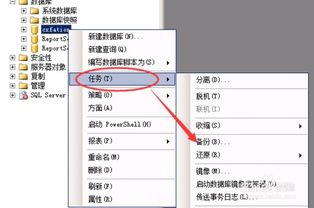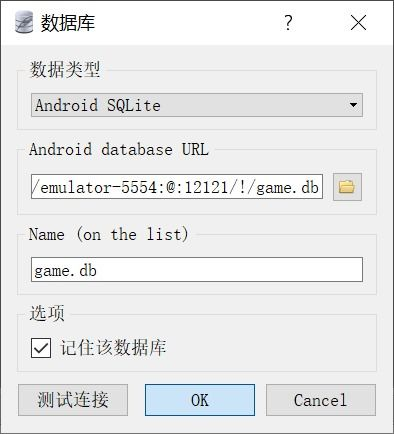ASP.NET C# Database Connection Code Examples, Tips, and Best Practices
Understanding Connection Strings
Before diving into the code examples, it is essential to understand what a connection string is. A connection string is a set of key-value pairs that specify how to connect to a database. In ASP.NET, connection strings can be stored in the web.config file, making it easy to manage and change them without altering the code.
Here’s a basic example of a connection string for connecting to a SQL Server database:
<connectionStrings>
<add name="MyDatabase" connectionString="Server=myServerAddress;Database=myDataBase;User Id=myUsername;Password=myPassword;" providerName="System.Data.SqlClient" />
</connectionStrings>
It is important to customize the placeholders with your specific database information, such as server address, database name, username, and password.
Connecting to the Database
To connect to the database using C#, you can utilize the SqlConnection class from the System.Data.SqlClient namespace. Below is a simple example of how to establish a connection and execute a command.
using System;
using System.Data.SqlClient;
namespace DatabaseConnectionExample
{
class Program
{
static void Main(string[] args)
{
string connectionString = "Your Connection String Here";
using(SqlConnection connection = new SqlConnection(connectionString))
{
try
{
connection.Open();
Console.WriteLine("Connection successfully opened.");
// Perform database operations here
}
catch (Exception ex)
{
Console.WriteLine("An error occurred: " + ex.Message);
}
}
}
}
}
The using statement ensures that the connection is automatically closed and disposed of when the code block is exited, even if an exception occurs. This is a best practice that helps prevent resource leaks.
Executing SQL Commands
Once you have your database connection open, you can execute SQL commands. Below is how you can execute a simple SELECT statement to fetch data from the database.
string query = "SELECT FROM Users";
using(SqlCommand command = new SqlCommand(query, connection))
{
using(SqlDataReader reader = command.ExecuteReader())
{
while (reader.Read())
{
Console.WriteLine("User ID: " + reader["ID"] + ", Name: " + reader["Name"]);
}
}
}
This code snippet retrieves all records from the "Users" table and prints each user’s ID and Name to the console.
In summary, this article provided an overview of how to connect to a database using ASP.NET C#. We covered the essentials of connection strings, how to establish a connection using C#, and how to execute SQL commands with practical examples. By implementing these best practices, you can ensure a smooth database interaction in your ASP.NET applications.





